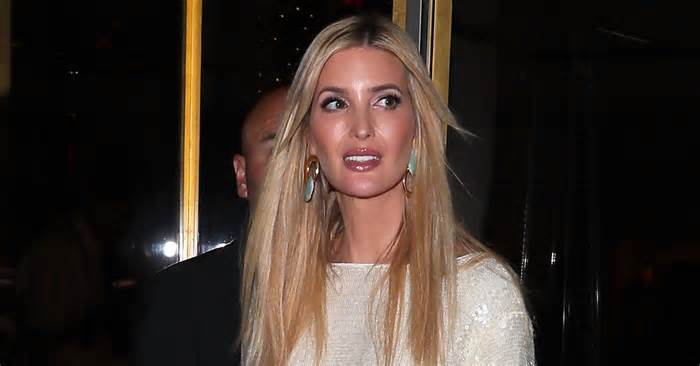Advertising
Supported by
Fan edits (short edits of videos and TV shows like “Bottoms” and “Succession” with music) are a staple of online life.
By Cat Zhang
During the day, Emily McLaughlin serves pumpkin spice lattes as a Starbucks barista. At night, she roams the place like a “fictional gay enthusiast,” tirelessly posting and selling her favorite queer videos and TV shows.
So it was inevitable that “Bottoms,” a libertine comedy about upper-school outcast lesbians who found a fight club, would become his new obsession. When the film migrated to streaming platforms on Sept. 22, she immediately got to work sequencing clips to create a 35-second montage of moments between one of the film’s leads, Josie, and her favorite animator, Isabel, with a soundtrack in the wink that arrived. Singer Gwen Stefani.
These types of short videos, in which scenes from videos and TV shows are remixed by a passionate audience and accompanied by music, are known as fan montages or simply montages. In recent years, they’ve been a staple of online fandom, offering the audience a way to defend their beloved videos, exhibits, and celebrities.
The videos necessarily serve as unofficial trailers (and free publicity), going viral. Some approach express personalities, observing facets of a character that would possibly go unnoticed. Others, known as thirst montages, simply applaud the characters and actors. who play them, because of their sex appeal.
“It’s a very personal kind of expressiveness, a meditation on characters where the music and editing are meant to percentages of filmmakers’ readings (and they’re filmmakers),” said Francesca Coppa, a fandom scholar who teaches English and film studies at Muhlenberg College. “And then other people buy those readings and say, ‘Yes, I see it perfectly. ‘”
Ms. McLaughlin says editing helps her process what she’s consuming. “It’s like when you have an idea and it doesn’t come to fruition until you say it out loud,” he said. Since then, he’s published six more montages of “Bottoms,” some pro-other on-screen couples, others highlighting the uncanny charm of the main characters, all garnering thousands of perspectives, accompanying them with pop anthems from artists like Olivia Rodrigo and Rina Sawayama.
“Nowadays, things die very quickly, so posting edits is a way to keep the excitement going,” he said.
The first known example of editing came in 1975, when a fan named Kandy Fong created a slideshow with clips from the “Star Trek” series. She performed live performances in which she reviewed the still images of the exhibit and played a recording of her and her friends making a parody of a popular song called “What Do You Do With a Drunken Vulcan?”
As the generation progresses, changes become easier to collect and distribute. Their access to the mainstream has been facilitated through social media, especially TikTok, where niche content can be widely disseminated outside of its original context.
“If there’s an underrated TV show and someone needs to convince other people to watch it, they’ll edit it,” said Haya Ahmed, an 18-year-old editor. Frustrated that Apple TV seemed to only market “Ted Lasso,” she said, she and her friends began posting changes to likely less popular series on the platform, such as “Trying” and “Silo. “
This visibility extends to the characters as well. Consider Kendall Roy in the HBO drama “Succession. “Kendall, the pompous second son of a conservative media mogul, is a favorite of many young women who see him as a teenager.
Megan Williams, a 24-year-old art writing student, watching “Succession” after seeing Kendall’s edits on the soundtracks of female artists like Mitski. “Kendall feels a sadness for her that you only see in Mitski’s songs,” Ms. Williams said. , who now runs a popular account dedicated to X-viewing, formerly known as Twitter.
He pointed to a well-known montage made by Kendall on Mitski’s “Thursday Girl,” which highlights the helplessness she feels after swerving with a car into a river in the show’s Season 1 finale. (Mitski once said that editing was “the most productive thing I’ve ever done. “it happened to him” on the Internet. )
Edits can also be a fun way for many other people to come up with their own theories about the plots of their favorite show. Queer fans, for example, would possibly notice a romantic chemistry between two likely heterosexual characters of the same sex.
Alex Hinnant, head of social media, made one of the first popular cuts of the FX series “The Bear” from moments of the screen trailer. He settled on a ’90s hip-hop song, “Where I’m From” through Digable. Planets, as a nod to Chicago’s black history, where “The Bear” is set. “There’s a power in display that’s passed on through other people of color,” Mr. Hinnant, 26. So, in my editing, I need to make sure there’s a song that represents that. “
These changes are becoming so popular that they even affect the official marketing of a program. released a montage of “The Bear” as a music video, after his 1994 song “Strange Currencies” was featured in the show’s second season.
Fan-created trailers can be just as effective as branded trailers. “Sometimes I see an update on my timeline,” Mr. Hinnant, “and I’m like, ‘You’d love to apply to Lionsgate or something. ‘”
Advertising

